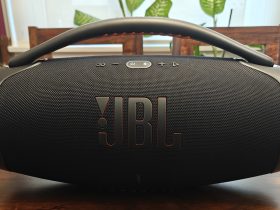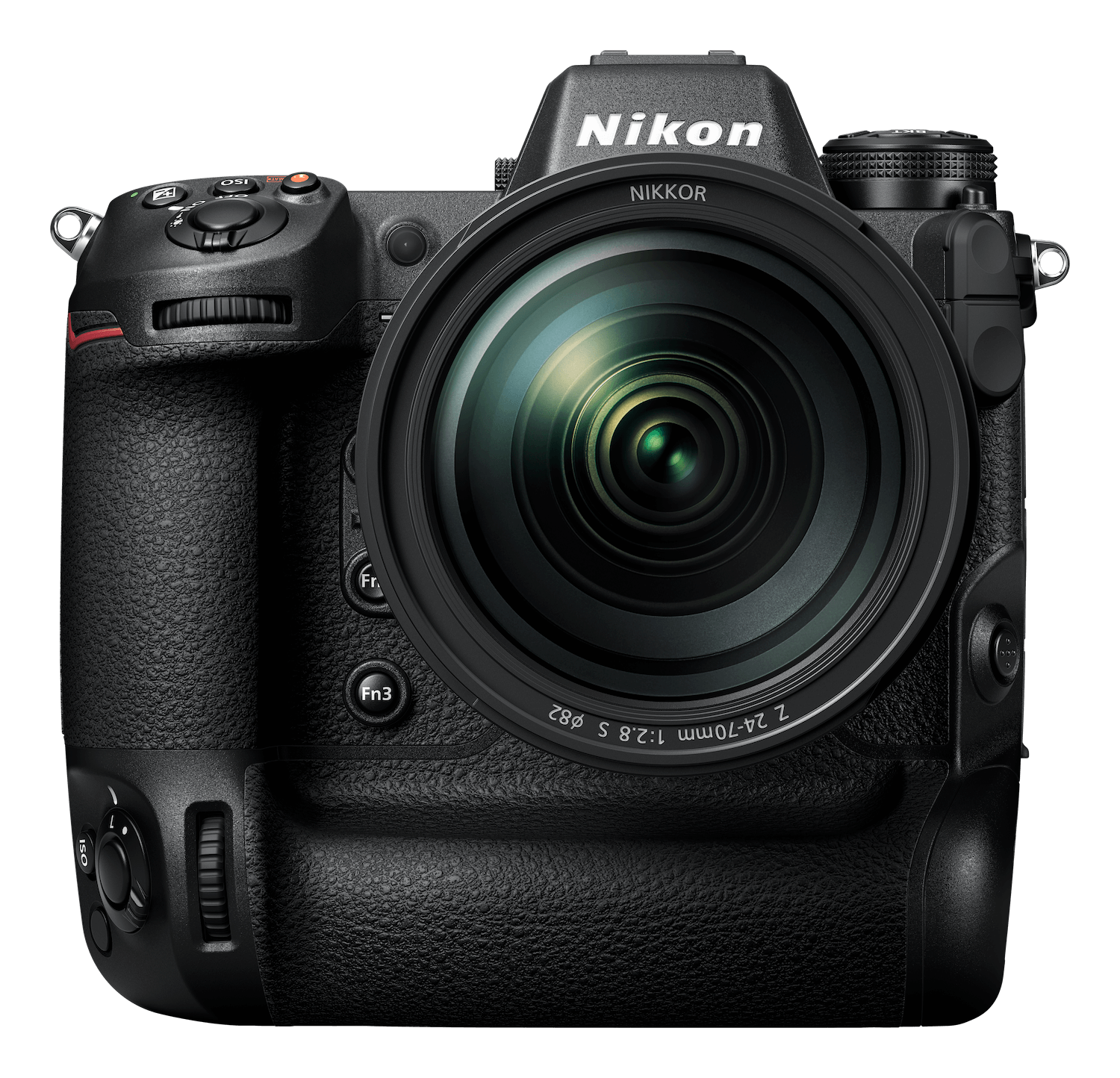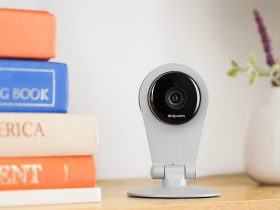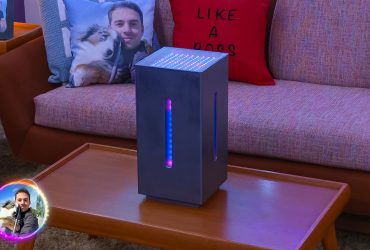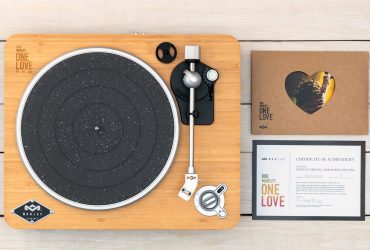Nikon has revealed its new Z 9 camera, which it calls its most advanced Z series mirrorless camera to date.
Powered by a new Nikon developed 45.7MP stacked CMOS sensor and the next generation EXPEED 7 image processing engine, the full-frame Z 9 renders ultra-high-resolution images and offers AF performance using a new scene detection system built on deep learning technology. Additionally, it is capable of sustained fast continuous shooting bursts, in-camera 8K video recordings for extended periods, blackout-free Real-Live visibility in the viewfinder, and a fast sensor scan rate that eliminates the need for a traditional mechanical shutter.
At the core of the Z 9 is the Nikon developed 45.7MP BSI stacked CMOS sensor, coupled with the new EXPEED 7, Nikon’s most powerful engine yet, which is approximately 10x faster than the Z 7II. This combination brings significant increases in AF speed, burst rate, buffer capacity, video resolution and more.
The Z 9 achieves the “world’s smallest” rolling shutter distortion, equaling that of a mechanical shutter. This means actions like a fast-moving golf swing that would typically distort the club can be captured confidently with the electronic shutter, even at 1/32,000 second. It also allows users to shoot massive quantities of silent frames without worrying about shutter wear or breakdown. The Z 9 also achieves fast and accurate AF calculations at up to 120 cycles per second, even between frames during continuous shooting. And the high resolution 45.7MP sensor delivers broad dynamic range and stellar low light performance, with a native ISO Range from 64-25,600 (Expandable from 32 to 102,400 ISO).
The Z 9 features Nikon’s fastest, most sophisticated and reliable AF tracking performance ever, using a new Subject Detection algorithm developed with deep learning technology, as well as 3D-tracking. The camera’s Subject Detection capability detects nine subject types including humans, pets, birds, airplanes, trains, cars, motorbikes, and bicycles. When in Auto-Area AF, any of these subjects will automatically be detected and focused on, without the need to change settings.
With Eye-Detection AF, the camera can detect and focus on a subject’s eye more effectively, even when eyes are smaller or further away. Additionally, a custom function will now also let users change the colour of the focus point to green to confirm focus.
The 3D-tracking mode from Nikon DSLRs debuts for the first time in a mirrorless camera. It is now coupled with subject detection to track fast and erratically moving subjects such as a racing car that approaches close and then moves away quickly, or a swiftly moving athlete. The Z 9 also brings more flexibility by offering three Dynamic-area AF modes with a new range of focus-area sizes (S/M/L) for capturing a wider variety of moving subjects throughout the frame.
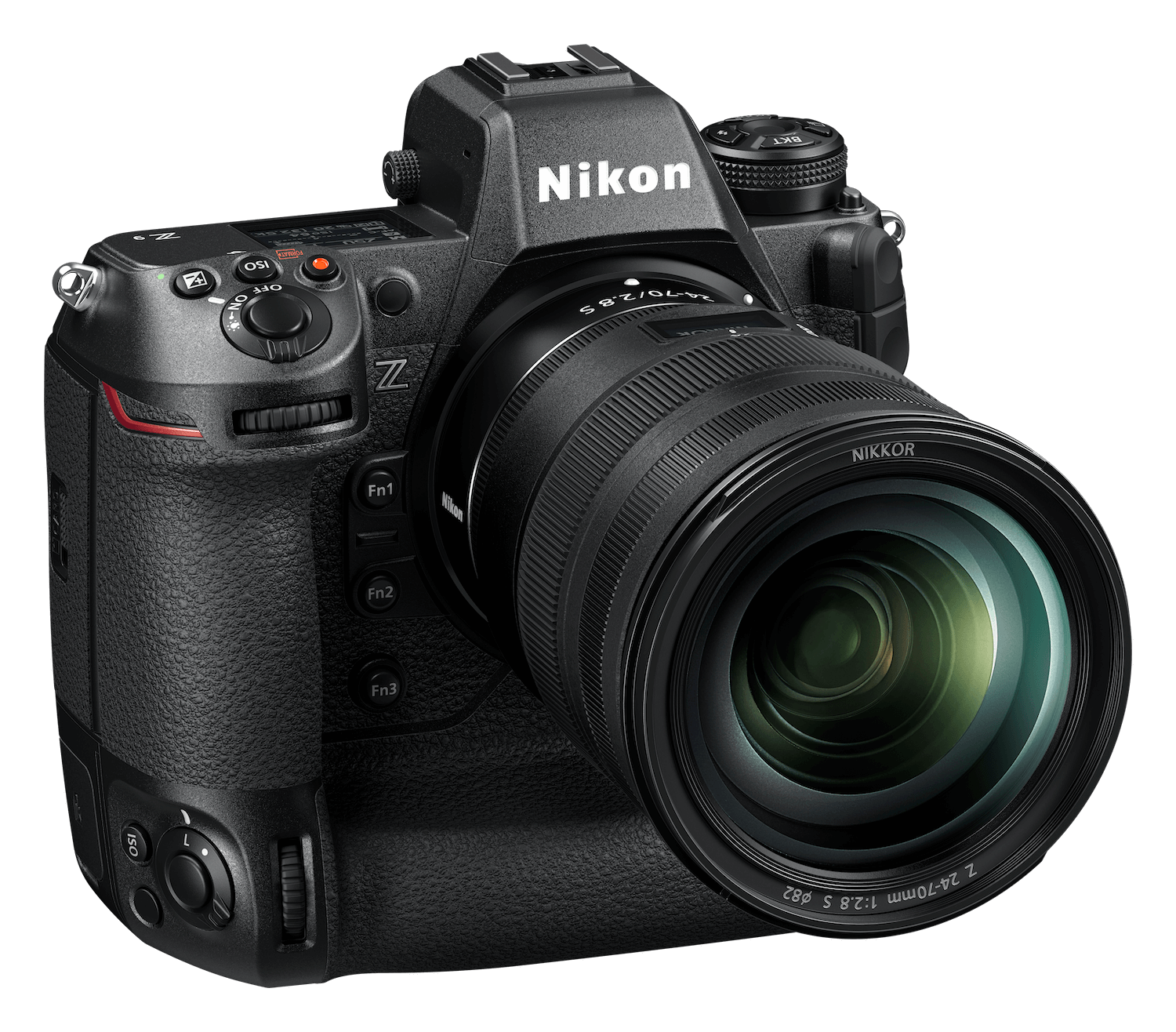
The AF system is faster, taking advantage of the Z mount’s high speed communication capabilities with frame by frame sharing of distance information.
Photographers can shoot 20-fps RAW images with 1,000+ image buffer. When a balance of quality and burst rate is needed, there’s 30 fps full resolution JPEG capture. For extreme speed, High Speed Frame Capture+4 enables up to 120 fps with full AF/AE at a very manageable file size of 11MP, freezing a moment that cannot even be seen with the naked eye (higher resolution than 4K video).
Truly blackout-free shooting is possible thanks to Dual-Stream technology which simultaneously feeds information to the Real-Live viewfinder/LCD and memory card, resulting in reliable confirmation of a subject’s movement without skipping or repeating frames in the viewfinder.
The Z 9 also introduces High Efficiency RAW which retains the same level of high image quality as the conventional uncompressed RAW in an approximately 1/3 smaller file size, making RAW files easier to handle. Speeds of up to 1/32,000 are possible with the electronic shutter, expanding the opportunities to use fast lenses, letting photographers shoot wide open in brighter light, even at f/0.95.
The Z 9 offers an extensive suite of advanced video features to elevate any kind of production. Combined with the NIKKOR Z S-Line lenses, video is rendered with clarity and sharpness from edge to edge. It supports a variety of frame rates and resolutions, including in-camera recording at 8K UHD 24p/30p and 4K UHD 24p/30p/60p/120p (FX-format). It also features what Nikon says is the “world’s longest” record time at 8K UHD 30p for more than two hours consecutively (up to approximately 125 minutes).
For more latitude when colour grading in post, tone mode profile options are available in-camera, including 10-bit N-Log and HLG (Hybrid Log-Gamma9), as well as the Flat colour profile. It supports multiple codecs including H.265 (HEVC), ProRes 422 HQ10, H.264/MPEG-4 AVC for a variety of production workflows. Users can create 33MP/8MP frame grabs in camera from 8K /4K videos. There’s also full-size HDMI connection, with output latency significantly reduced; and high resolution 24-bit linear PCM audio allows for cleaner sound quality with greater range. A free firmware upgrade in 2022 will enable internal 8K 60p capture in the new 12-bit N-RAW high efficiency video format, 12-bit ProRes RAW and other pro level video features.
The rugged body of the Z 9 features an integrated vertical grip and controls, while the durable magnesium alloy chassis has drip and dust-resistance equivalent to the D6 yet is 20% smaller than its DSLR counterpart.
The new four-axis 3.2” touchscreen LCD frees the monitor to tilt both horizontally and vertically for shooting at any angle in any orientation. The interface will also adjust automatically to the appropriate orientation while shooting stills. For better visibility through the viewfinder in bright sunlight, the Z 9 is equipped with a Quad-VGA panel adjustable to 3000cd/m2 (nits)1, revealing the most subtle details in the shadows. Vibration Reduction image stabilization, meanwhile, has been enhanced with new Synchro VR to achieve up to six stops of compensation with compatible lenses.
The Z 9 includes dual coating on the optical filter with an electro-conductive coating and fluorine coating to repel dust in front of the sensor, in addition to a sensor shield that protects the sensor when changing lenses. VR safety lock protects the sensor from the risk of damage caused by unintentional movement when the camera’s power is off, for example while in a bag or during bumpy off-road travel. For work in low light, the new “starlight” mode enhances the camera’s ability to focus down to a faint -8.5 EV, while illuminated buttons help astrophotographers and event or concert photographers change settings in the dark. Adjustable shutter release volume can be totally silent in sensitive situations or serve as an audible cue for a subject. New network options are organized under a new menu tab for fast access and include; In-camera Bluetooth and WiFi (2.4/5Ghz), 1000BASE-T wired LAN connection, direct transfer to FTP without the need for a wireless accessory, multiple camera sync and built in GNSS GPS for precise location data.
Nikon has also released a new software for professional image capture and workflow. NX Tether is free software to enable tethering of Nikon cameras to instantly display captured content on a computer monitor. This software is an easy way for commercial, food or studio photographers to visualize their output for client review in real time. The software will work via USB or wirelessly and will collaborate seamlessly with the current suite of Nikon software including NX Studio.
The new Nikon Z 9 full-frame mirrorless camera will be available before the end of the year for an MSRP of $7,000.
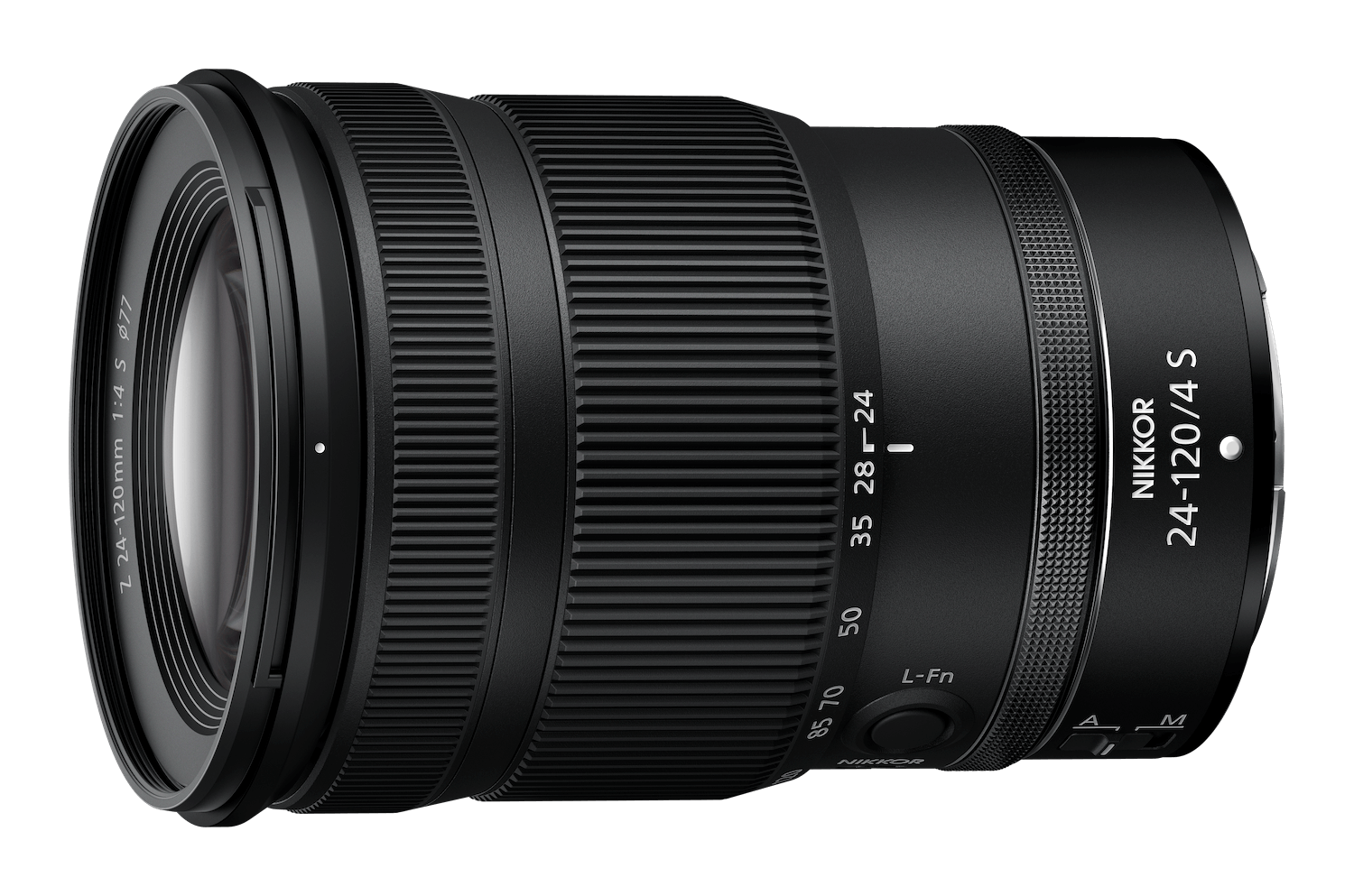
Nikon also announced new Nikkor Z zoom lenses that let creators get closer to the action. The Nikkor Z 100-400mm f/4.5-5.6 VR S Super Telephoto ($3,650) and the Nikkor Z 24-120mm f/4 S ($1,500) are Nikon’s latest S-line lenses, giving discerning photographers premium optics and ultimate versatility. Additionally, the new Mount Adapter FTZ II ($330) is a streamlined solution to seamlessly adapt F-mount lenses with the integrated vertical grip on the new Nikon Z 9. All three will be available later this year as well.
Additionally, Nikon Corporation has announced the development of the Nikkor Z 400mm f/2.8 TC VR S super-telephoto prime lens for full-frame (Nikon FX-format) mirrorless cameras for which the Nikon Z mount has been adopted. The Nikkor Z 400mm f/2.8 TC VR S, the first Nikkor Z super-telephoto prime lens, belongs to the S-Line of Nikkor Z lenses. It realizes the rendering of realistic images by achieving beautiful bokeh and high resolution, says Nikon. It will feature a built-in 1.4x teleconverter and a new coating that delivers the highest anti-reflection performance in Nikkor history.

